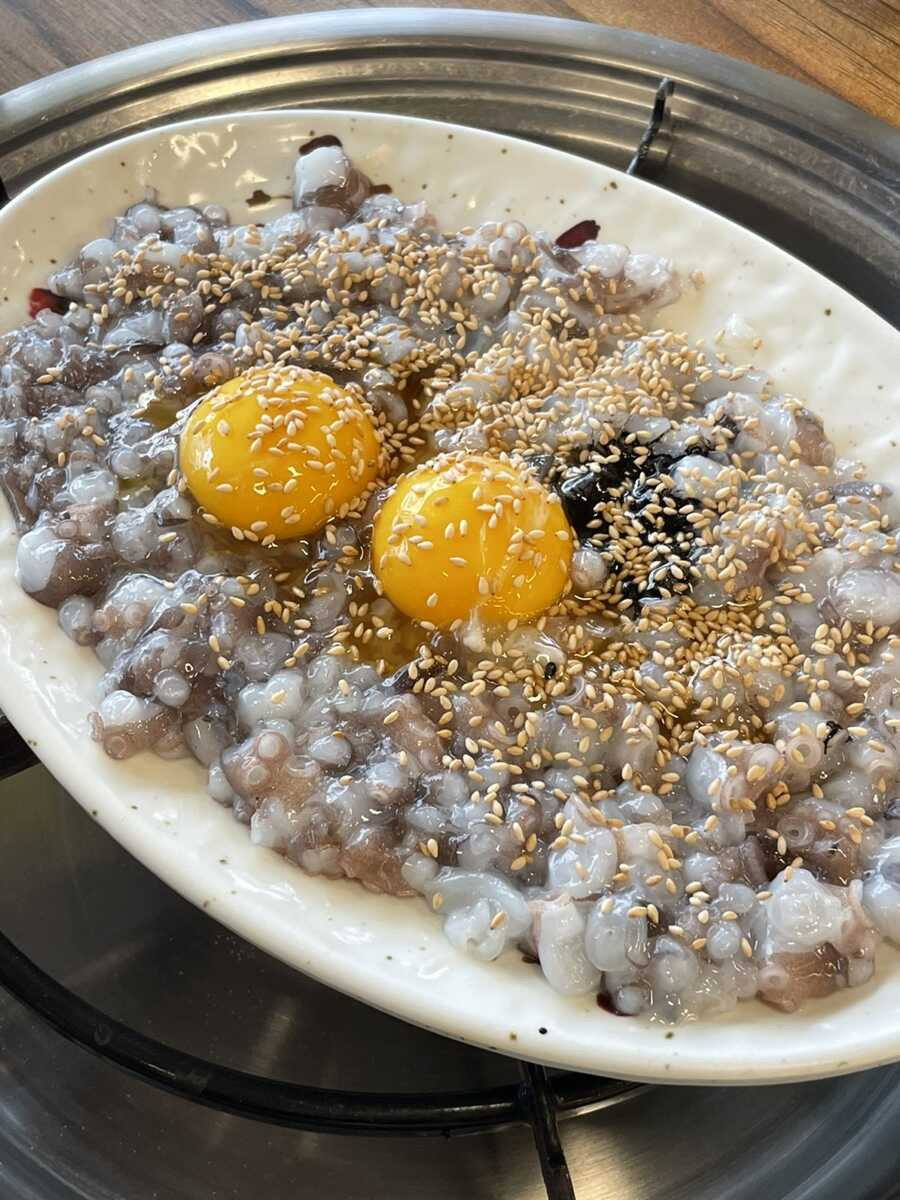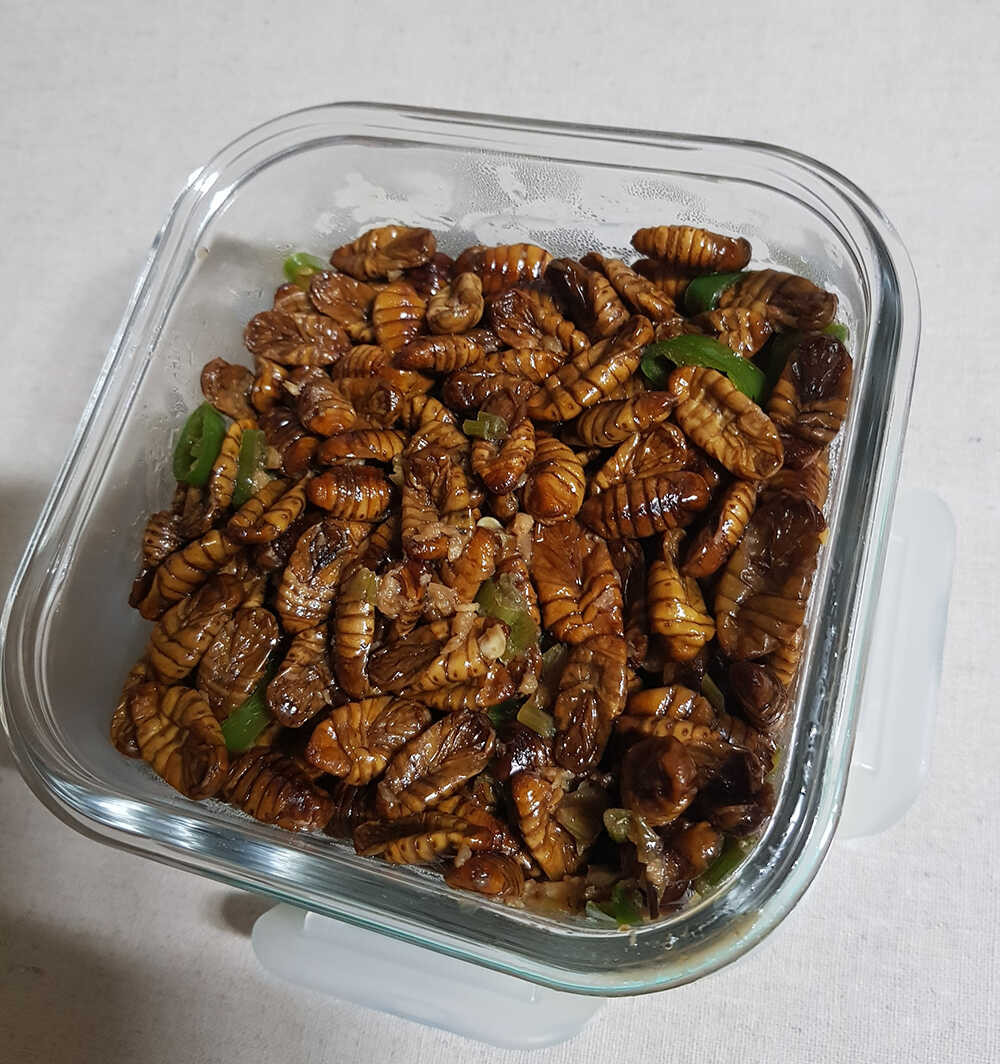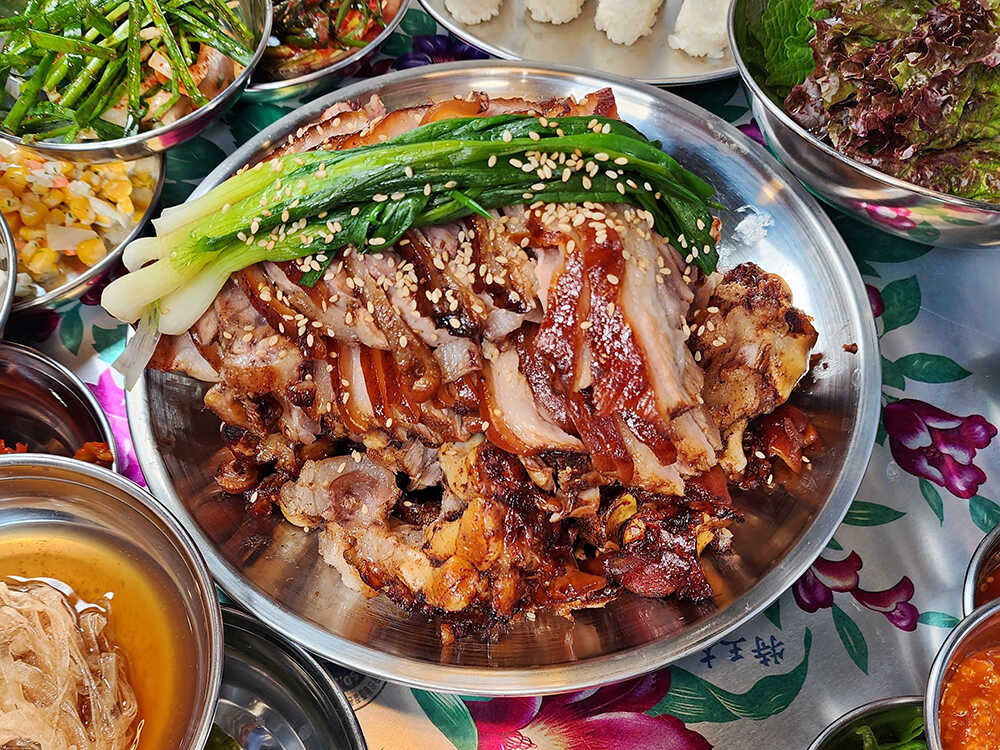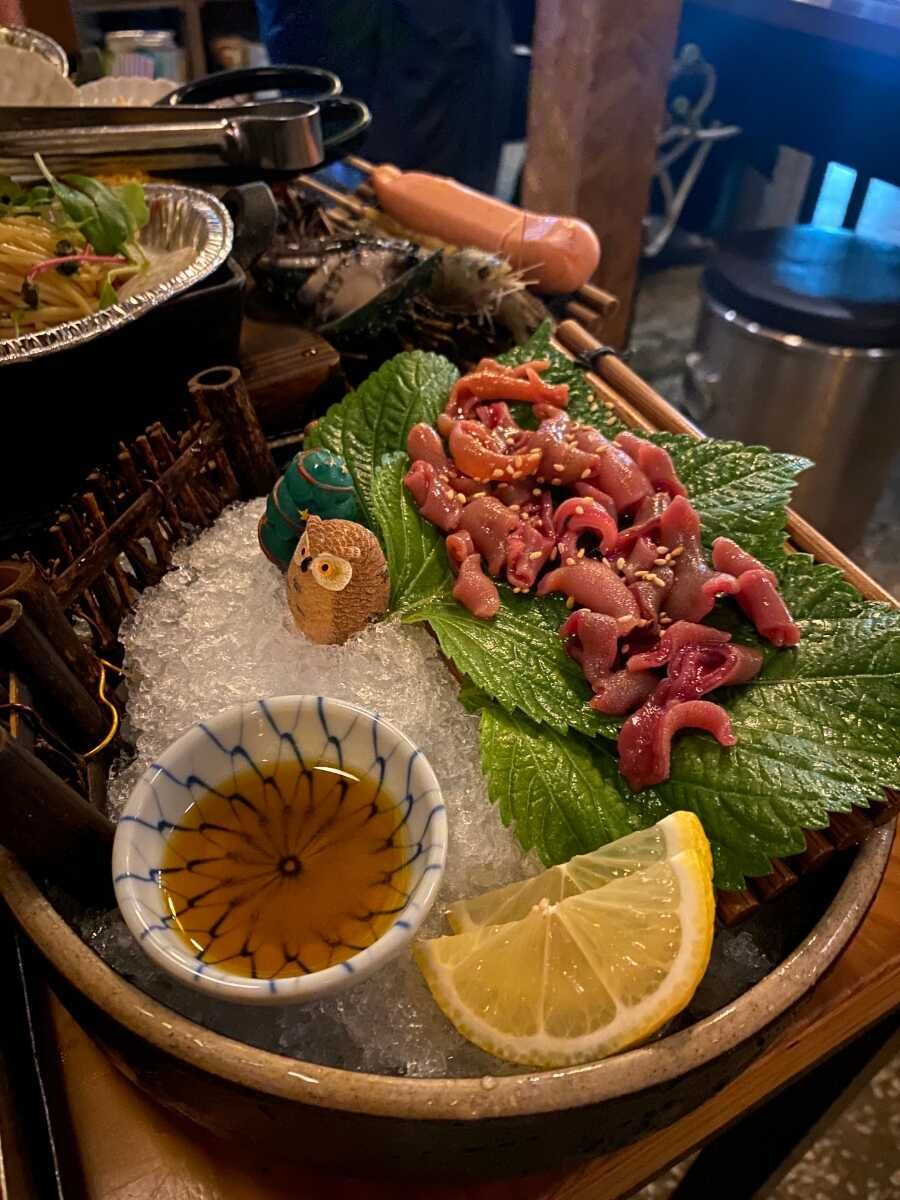The Korean Foods That May Be Difficult For Foreigners To Eat

Korean food is diverse. Since the country is surrounded by the sea on three sides, there are many seafood dishes. There are many different kinds of food, so many of them have different tastes. Korean food is loved not only by Koreans, but by people all over the world. But that doesn't mean that all food is loved. It refers to foods that even Koreans are reluctant to try, but I would like to introduce foods that may be difficult for foreigners.

1. Kimchi: While many foreigners enjoy kimchi, its strong and spicy flavor can be overwhelming for some, especially those not accustomed to fermented foods. If kimchi is too spicy or aged too long, it becomes difficult to eat.

2. Sannakji (Live Octopus): Koreans often enjoy eating live octopus, which can be a unique experience. However, the sensation of the still-moving tentacles can be off-putting for foreign tourists.

3. Beondegi (Silkworm Larvae): It is not as popular a street food in Korea as it used to be. Howerver, most Koreans still like it because it is a protein-rich food.It might be a challenge due to its appearance and texture, as it involves eating cooked silkworm larvae.

4. Odeng (Fish Cake Skewers): Odeng is a famous street food in Korea and is usually eaten with Tteokbokki. It is a food made by crushing fish flesh, so it can have a slightly fishy smell. Foreign tourists might find fish cake skewers unusual because of the rubbery texture and the fact that they are often served on sticks in a communal pot of broth.

5. Jokbal (Pig's Feet): This dish involves braised pig's feet, which can be fatty and have a strong flavor. This dish is very similar to the famous German dish, Schweinshaxe.Foreign tourists might find it a bit unfamiliar compared to their usual cuisine.

6. Hongeo (Fermented Skate): This dish features fermented skate fish, known for its strong ammonia-like smell. While Koreans appreciate its unique taste, the smell can be off-putting for tourists. The dish is often compared to the Swedish stinky fish, Surströmming.

7. Nakji Bokkeum (Spicy Stir-Fried Octopus): The spiciness and chewy texture of nakji bokkeum might be intimidating for those not accustomed to such flavors and textures. Nevertheless, it is one of the foods Koreans always love.

8. Sundae (Blood Sausage): Made with various ingredients including pig's blood and glass noodles, sundae's rich and earthy flavor might be a challenge for tourists less familiar with organ meats. Since it is a type of sausage, once you get used to the taste, it is a food that you can enjoy deliciously.

9. Gaebul (Live Spoon Worms): Gaebul is a type of marine worm that's consumed live. The squirming appearance might deter some tourists from trying it. This food is a high level of difficulty even for Koreans.

10. Sogogi Yukhoe (Beef Tartare) : One of the reasons beef tartare can be intimidating for foreigners is that similar foods may be rare or non-existent in their culture or dietary habits. This can make it awkward or uncomfortable to try an unfamiliar food. In addition, tartare is a food where the beef is not fully cooked and is eaten raw, which may be an unfamiliar way for them to eat.

11. Dried Squid
Koreans love this food enough to eat it while drinking or watching a movie at the theater, but most foreigners do not like it because of its unique fishy smell and chewy texture. Squid is one of the most iconic fish that most Koreans love no matter how it is cooked.




